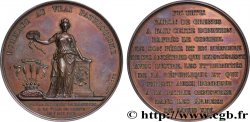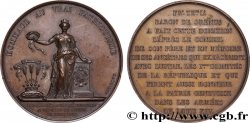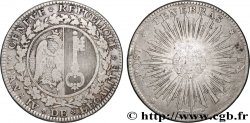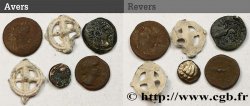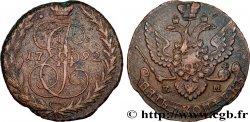fme_478676 - SUISA - REPUBLICA DE GINEBRA Médaille pour Louis Le Fort consul de Genève
200.00 €
Cantidad
Añadir a su cesta

Tipo : Médaille pour Louis Le Fort consul de Genève
Fecha: 1734
Nombre del taller / ciudad: Suisse, Genève
Metal: estaño bronceado
Diámetro: 55 mm
Eje de acuñación: 12 h.
Acuñador DASSIER Jean (1676-1763)
Peso: 99,5 g.
Canto: lisse
Comentarios sobre el estado de conservación:
Très intéressante médaille avec des traces de circulation. Patine hétérogène. Présence de coups et rayures
N° en los catálogos de referencia :
Pedigrí:
Cette médaille provient de la collection Isaac Tual (né en 1884)
Anverso
Titulatura del anverso: LUD. LE FORT REIP. GENEV. CONSUL. PRIMAR.ANN. 1734. AE. T. 66.
Descripción del anverso: Buste de trois quart face de Louis Le Fort.
Reverso
Titulatura del reverso: DEI - NUMINE // JURA CIVIUM ASSERTA / ANNO 1734 (À L’EXERGUE).
Descripción del reverso: Allégorie de la ville assise et accoudée sur les armes de la ville, face à elle quatre génies incarnant le commerce, l'art, la science et la force.
Comentario
Le syndicat à Genève était un élu, détenteur d'une partie du pouvoir exécutif durant l'Ancien régime. La fonction de syndic apparaît avec le mouvement communal au milieu du XIIIe siècle lorsque les marchands et artisans se regroupent pour lutter contre la puissance seigneuriale de l’évêque de Genève. En 1309, l’évêque Aymon de Quart doit reconnaître l’existence de la commune dont l’organisation de base est le Conseil général auquel participent les habitants et qui élit les syndics. Plus tard, ils seront nommés par le Conseil des Deux-Cents.
Cette organisation disparaîtra en décembre 1792 dans les troubles provoqués par la Révolution française mais sera restaurée au XIXe siècle.
The union in Geneva was an elected body, holding part of the executive power during the Ancien Régime. The function of syndic appeared with the communal movement in the mid-13th century when merchants and artisans grouped together to fight against the seigniorial power of the Bishop of Geneva. In 1309, Bishop Aymon de Quart had to recognize the existence of the commune, whose basic organization was the General Council, in which the inhabitants participated and which elected the syndics. Later, they would be appointed by the Council of Two Hundred. This organization would disappear in December 1792 in the unrest caused by the French Revolution but would be restored in the 19th century.
Cette organisation disparaîtra en décembre 1792 dans les troubles provoqués par la Révolution française mais sera restaurée au XIXe siècle.
The union in Geneva was an elected body, holding part of the executive power during the Ancien Régime. The function of syndic appeared with the communal movement in the mid-13th century when merchants and artisans grouped together to fight against the seigniorial power of the Bishop of Geneva. In 1309, Bishop Aymon de Quart had to recognize the existence of the commune, whose basic organization was the General Council, in which the inhabitants participated and which elected the syndics. Later, they would be appointed by the Council of Two Hundred. This organization would disappear in December 1792 in the unrest caused by the French Revolution but would be restored in the 19th century.







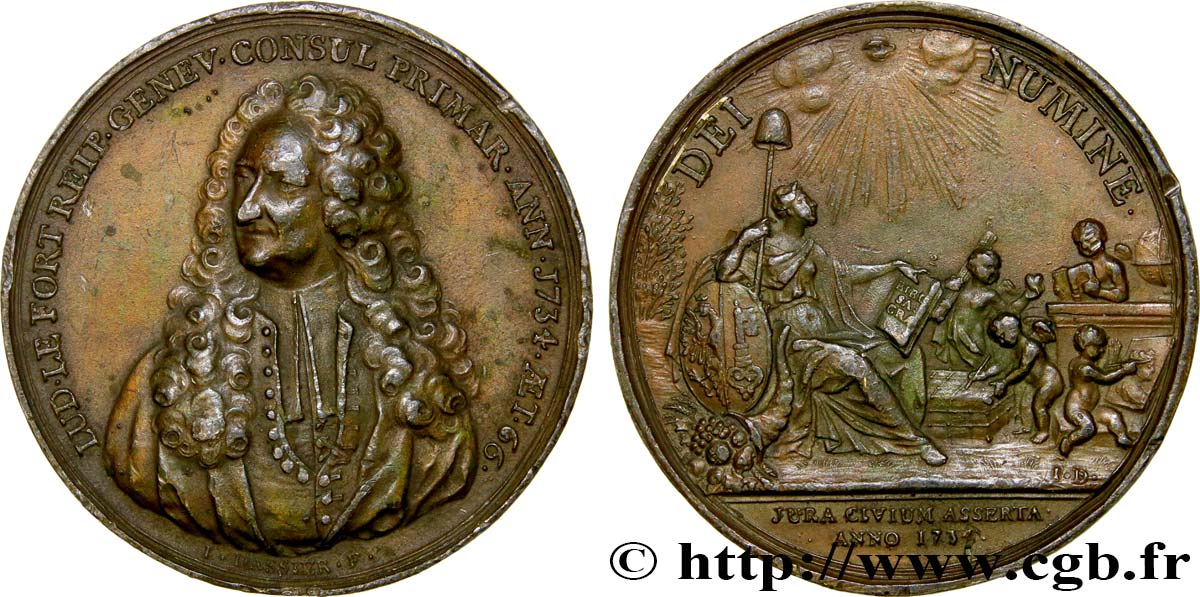
 Informar de un error
Informar de un error Imprimir la página
Imprimir la página Comparte mi selección
Comparte mi selección Haz una pregunta
Haz una pregunta Consignar / vender
Consignar / vender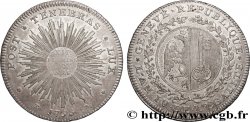
 Descriptivo
Descriptivo
